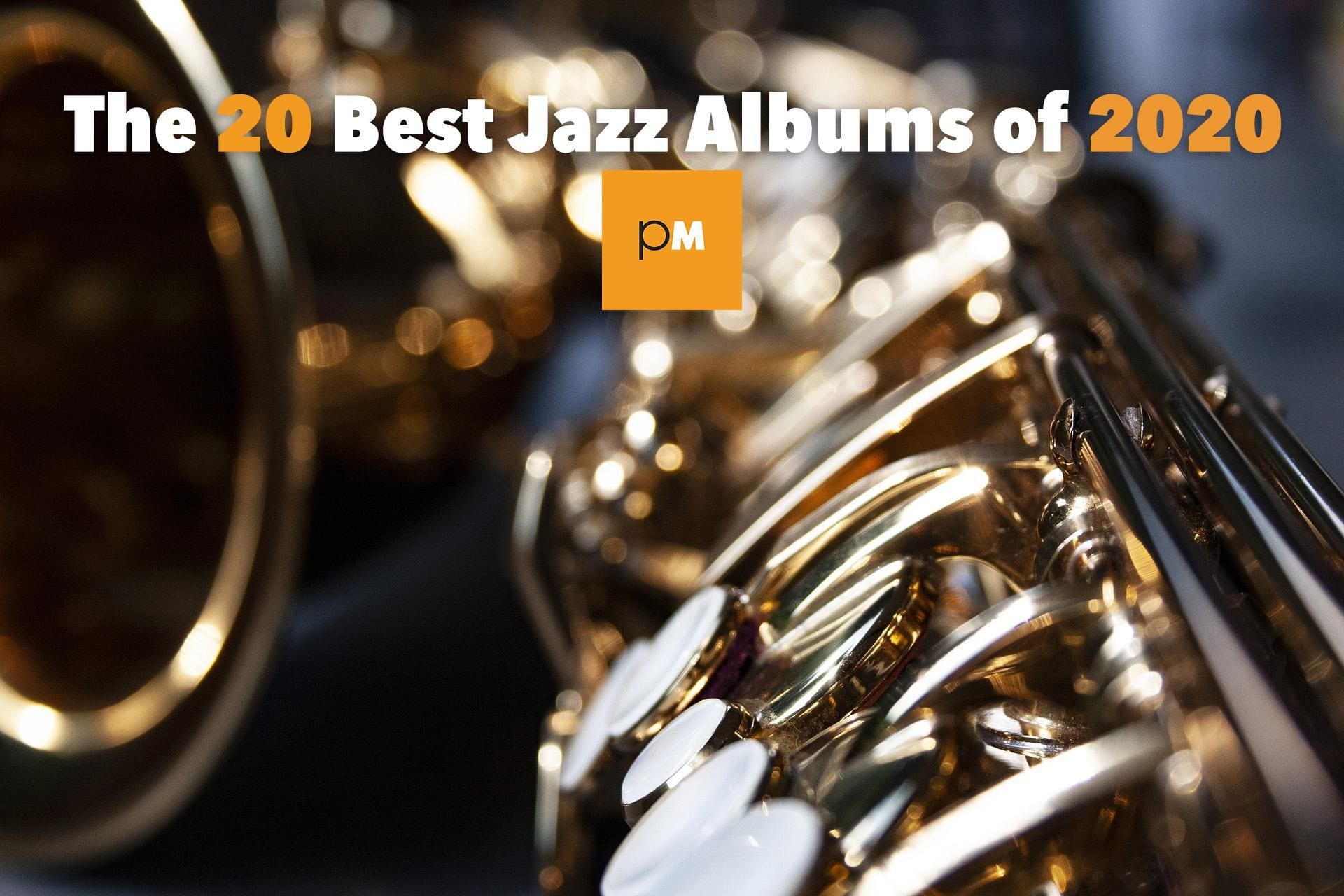TREND 3: The new jazz that mixes complex composition with free-ranging improvisation is here to stay, having widened its arsenal to include big band music, vocal music, covers of classic pop, heavy metal, and electronica.
Liberty Ellman – Last Desert (Pi)
The new jazz comes in significant part out of the compositional and strategic ideas developed by Henry Threadgill, and Ellman’s experience in Threadgill’s bands places his work squarely in the center of this camp. But
Ellman’s sextet (Jonathan Finlayson’s trumpet, Steve Lehman’s alto sax, Jose Davila on tuba, and the rhythm section of bassist Stefan Crump and drummer Damion Reid) is tricky and alluring at the same time. As knotty as some of this music may be, it is also beautiful and conventionally swinging at times. Ellman’s guitar can whisper like Jim Hall when it wants to, and the ensemble passages are as often catchy as they are challenging. The music demands that you pay careful attention, but not that you tolerate harsh tonalities. There is much to captivate and enough luxury along the way—so that the unusual structures and lack of bluesy resolutions don’t seem like a detrimental void. More importantly, each player is such a grand improviser that the stories they choose to tell are captivating even when the composition isn’t the main event.
Rudresh Mahanthappa – Hero Trio (Whirlwind)

Rudresh Mahanthappa‘s small band with bassist François Moutin on bass and drummer Rudy Royston plays with a pungent disregard for tradition while still swinging like absolute mad. This program is the first of the alto saxophonist’s career that doesn’t include original music, instead interpreting Charlie Parker, John Coltrane, Ornette Coleman, Stevie Wonder, Keith Jarrett, Johnny Cash, and a couple of standards. Mahanthappa plays with bite and blues from Bird but also a taste for 21st-century abstraction that has roots in his fascination with Steve Coleman’s music from the 1990s. Several of the tunes are given motivic vamp introductions that create a swirling theme against which the well-known tune emerges and to which the band can allow it to return. Moutin and Royston don’t overwhelm, but they are powerful—so even “The Windup”, which is normally built on a vigorous gospel piano part, works because the rhythm section is so active. “Ring of Fire” is played with small but ingenious rhythmic variations, proving how the new jazz can go anywhere at all.
Ron Miles – Rainbow Sign (Blue Note)

This is the cornet specialist Ron Miles‘ second recording with the same all-star band, featuring guitarist Bill Frisell, pianist Jason Moran, drummer Brian Blade, and Thomas Morgan on bass. This is new jazz too—compositionally complex and less about blowing solos than creating a single voice—but it is new jazz of the dreamiest, loveliest variety. It’s hard to imagine a more cooperative record date, with every musician on simultaneously at the peak of his creative power and fitting into the mood of the entire session. If a composition is lurching and tricky, this mood makes it feel natural and easy nevertheless. If a form is more traditional, the mood imbues the performance with a sensual grace.
Eric Revis Quintet – Slipknots Through a Looking Glass (Pyroclastic)

Bassist and composer Eric Revis has mainstream credentials through his membership in Branford Marsalis’s longstanding quartet. But his own recordings, with a sturdy trio and also with larger groups, have tended to be more adventurous and varied, at the edge of the compositional complexity of the new jazz, though usually with plenty of groove. This recording combines his trio and his band with horns into a quintet featuring pianist Kris Davis, saxophonists Bill McHenry and Darius Jones, and drummers Chad Taylor and Justin Faulkner (on a couple of tunes). The mood moves from dark and mysterious (“House of Leaves”) to sinuous and slinky (“Earl & the Three-Fifths Compromise” – in a grooving 5/4 time, of course) to strutting and irresistible (“Baby Renfro” with McHenry and Jones punching like the JB horns over a danceable polyrhythm). Jones contributes the uptempo “Shutter” set to a slamming 8/8 snare pattern that explodes out into a wonderful release.
Webber/Morris Big Band – Both Are True (Greenleaf)

Anna Webber and Angela Morris are both saxophonists and composers who work in the new jazz, and they have assembled a classic 18-piece big band that delivers this fresh style to an old format that seems to have been waiting for the transformation. David Murray and Cecil Taylor ran big bands in the old century, but this group is a lightning strike of stunning arrangement. Webber and Morris use the band and its available colors in new and sometimes jarring, sometimes astonishing ways: there are shouts and growls, whispers and hums that Ellington or Oliver Nelson never imagined, even as the lineage of the formation stays intact. The saxophones act like a rhythm section; pulses from “minimalism” are available if necessary; poetry is intoned; blues guitar moves into overdrive as a bold color. As much as I admire all the small bands that have pioneered the new jazz, Webber and Morris’ expanded range of options breaks new ground while referencing a grand tradition.


![Call for Papers: All Things Reconsidered [MUSIC] May-August 2024](https://www.popmatters.com/wp-content/uploads/2024/04/all-things-reconsidered-call-music-may-2024-720x380.jpg)



